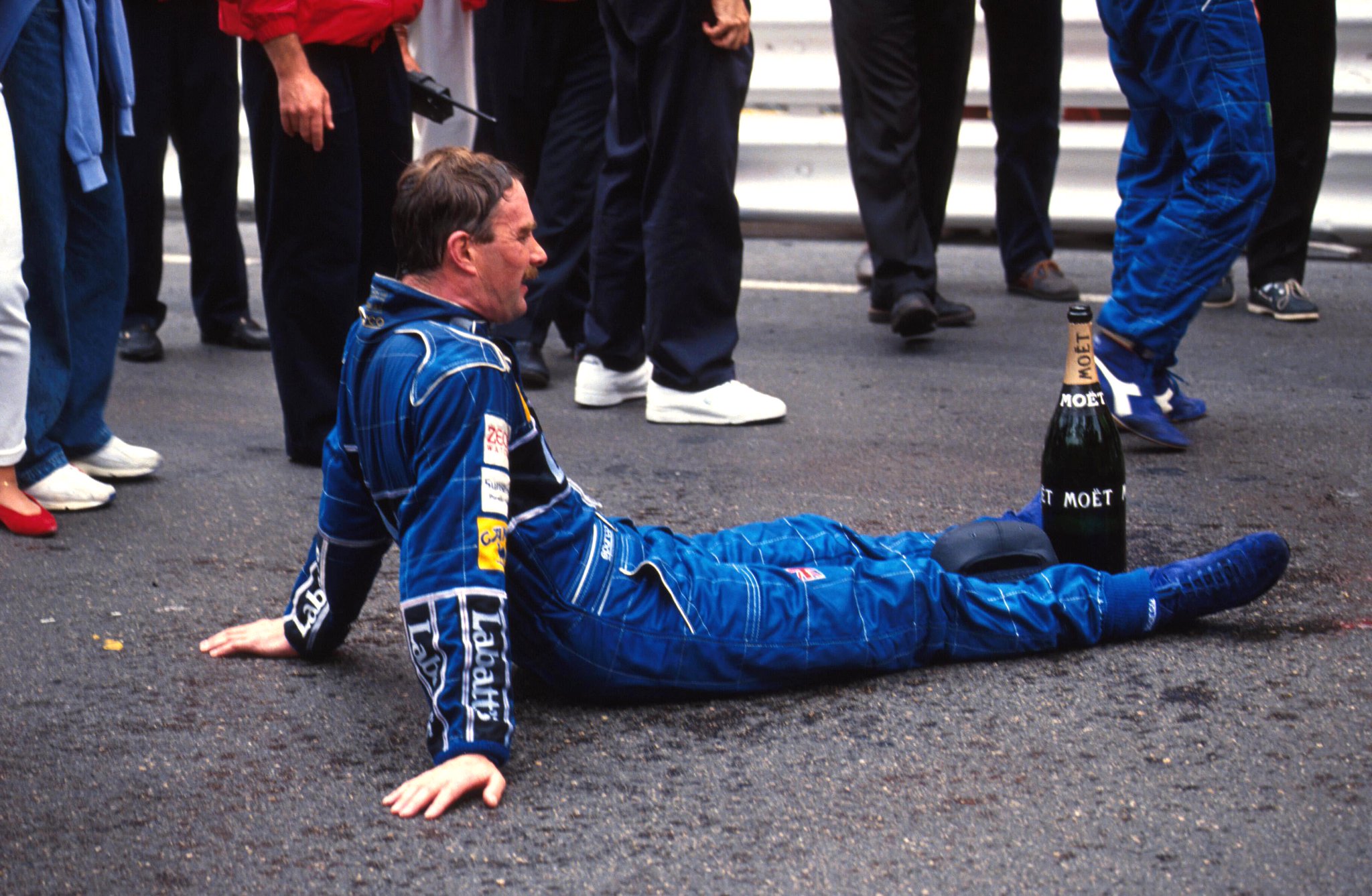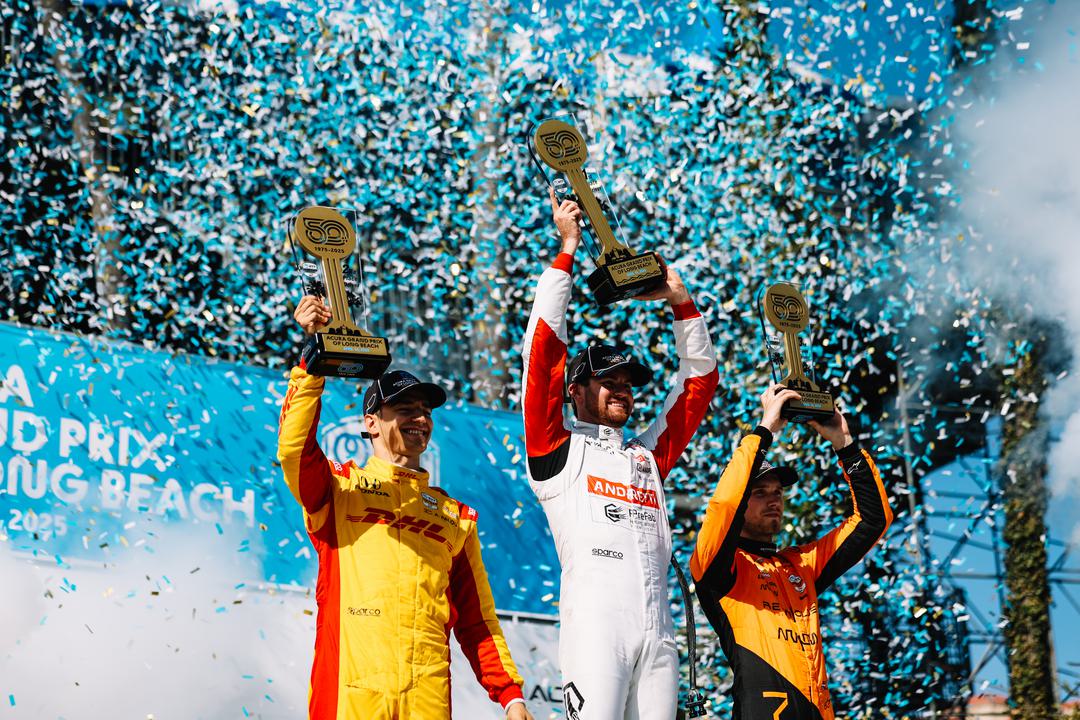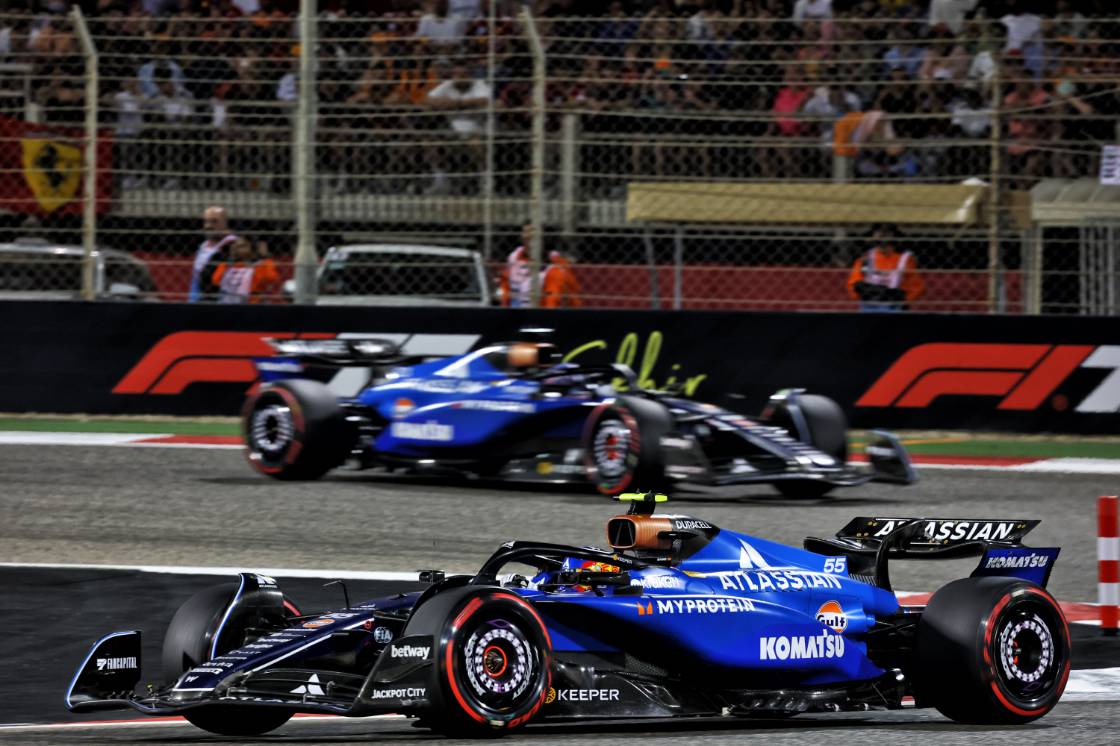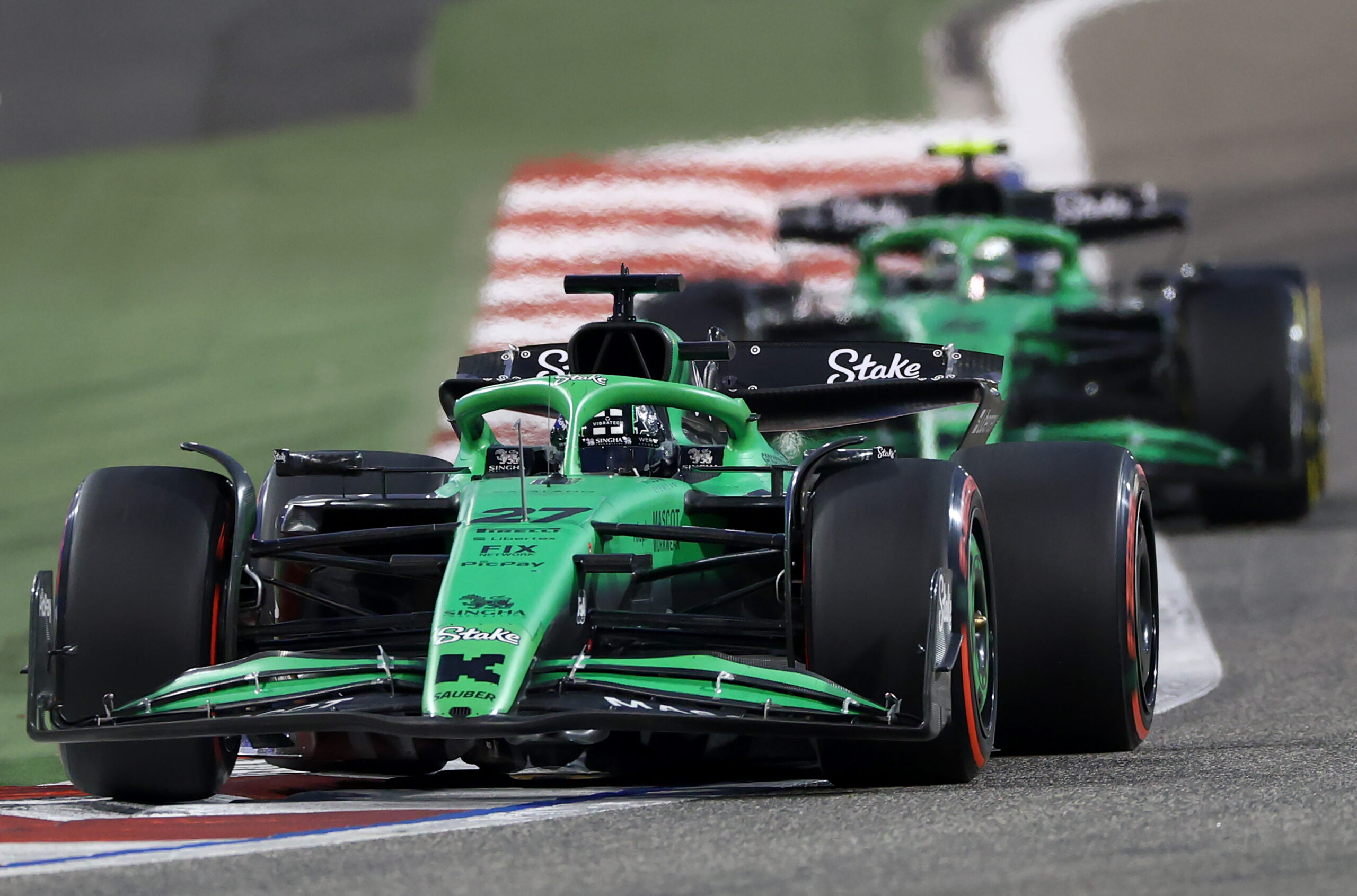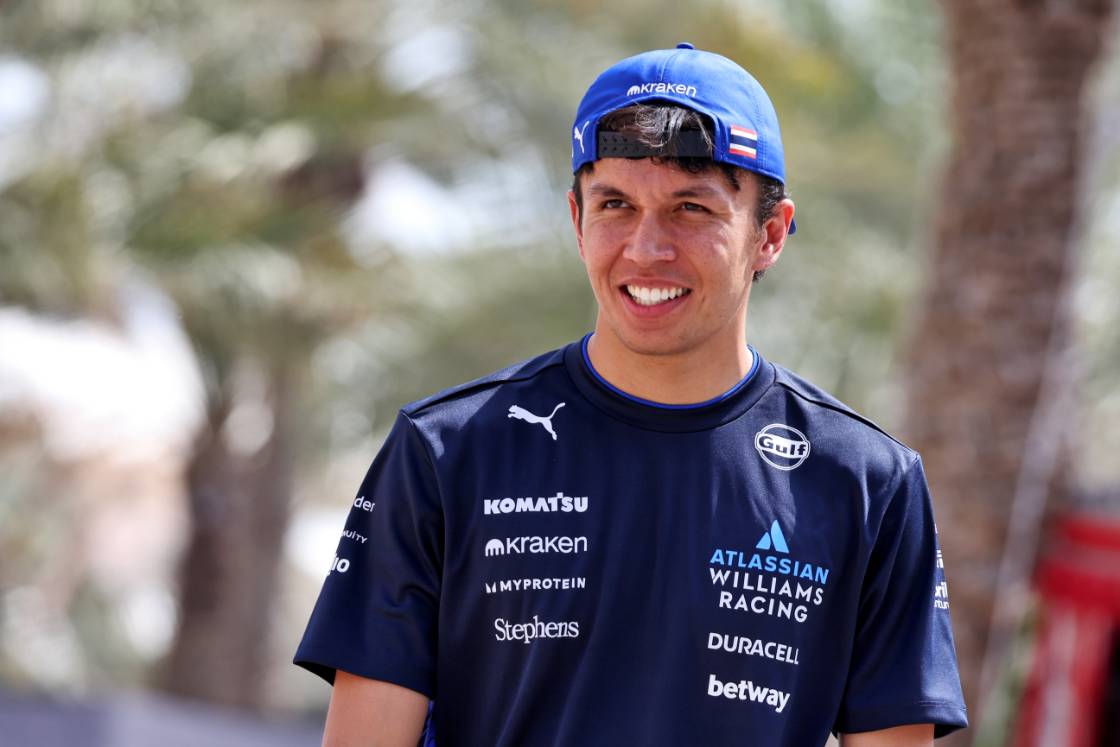Pit Debrief had a chance to talk with former Formula 1 race engineer Steve Hallam about his distinguished career. Starting at the legendary Team Lotus, he began with a driver who was trying to set himself in that same strata: Nigel Mansell. The young English driver was in the middle of a tumultuous opening to his career.
The young Mansell fighting for points early on
Across five years at Lotus, Mansell managed five podiums and never finished higher than 10th in points. His performances caused friction with team management, who ultimately replaced Mansell with Ayrton Senna in 1985. Yet, despite results on paper being slow to come by, from Hallam’s perspective “Nigel has never put short a commitment…. As a racing driver, you got what was on the box, so to speak, which was total commitment.”
“He was an extraordinarily confident individual and I think he was one of those drivers—and I think he’s remained pretty well, definitely throughout his Formula One career—where in the car he was committed to his work and his job. Every single lap he drove was as fast as that car would go.”
Overwhelmed by the Texas sun
Hallam singled out perhaps Mansell’s most infamous race at Lotus as his most impressive: the 1984 Dallas Grand Prix. It was a race known for Mansell’s efforts to push his broken Lotus across the finish line in searing heat.
“He was leading the race, [but] we could tell he was struggling. We made a pit stop for some fresh tyres, and one of the guys squeezed a one and a half litre chilled bottle of Evian [water] down his overalls to try and freshen him up a bit, and he rejoined.[…] Sadly, just towards the end of the race, he clipped the wall and hit a driveshaft and CV joint. Absolutely typical Nigel, he was out of the car trying to push it across the line until he couldn’t.”
Hallam and Mansell reunited at McLaren, but ”the car was just too far off”
Over a decade later, the paths of Hallam and Mansell would cross again. After coming to McLaren as a race engineer in 1991, Hallam would be joined by the now-former Formula 1 and Indycar champion Mansell in 1995. The car had to be redesigned to physically fit Mansell into the cockpit, resulting in Mark Blundell deputizing at the start of the season. This turned out to be the least of McLaren’s issues for 1995, however.
“When he came back and raced for Williams [in 1994], the car was arguably the class of the field. It was a very, very good car, and he delivered for Williams, and so to expect him to do the same, even if he was adding to the package that we had at McLaren, the car was just too far off in those days.”
Mansell comes too early in McLaren’s rebuild
While the Williams had been the class of the field, McLaren were still regrouping from the loss of Honda in 1992 and Ayrton Senna in 1993. McLaren had just begun their partnership with Mercedes, their fourth engine supplier in four seasons. Altogether it was a rebuilding effort that quickly frustrated Mansell, who departed after just two races. “We needed a better package for Nigel to drive, and to see what Nigel could do[…] and we didn’t have it.“
“Motorsport people are eternally optimistic. Without that, it’s a challenge to do some of the jobs we have to do when you know that the base package that you have isn’t competitive. And we were in that situation in those early days of 1995. The engine wasn’t where it needed to be, the car wasn’t perfect[…] It took us [19]94, 95, and 96, three years, which you could say is a huge long time, but that’s what it took us to rebuild and settle on.”

